YouTube is widely regarded as the second largest search engine, topped only by Google. And because people use YouTube the same way they use Google, it’s a valuable marketing platform for businesses big and small.
Want to start leveraging YouTube marketing for your brand? Here’s everything you need to know to get started.
Why invest in YouTube marketing
If you want to see why YouTube marketing can be your next main marketing platform, just take a look at how one marketer benefited from using YouTube.
In 2017, WebsiteSetup.org founder Nick Schäferhoff focused on putting out blog posts that taught people how to create websites. He eventually found the space too crowded and many visitors would bounce then look up the same topics he’d be teaching from YouTube videos.
Schäferhoff then decided with Youtube influencers, getting them to promote his guide to making a website. The move paid off – traffic to his website increased 22.3% in the year that followed, most of which came directly from YouTube.
We can attribute the success marketers receive from YouTube for the following:
- Demand for video content is on the rise. About 300 hours of video are uploaded each minute while 5-7 billion videos are watched every day. In fact, YouTube alone gets about 30 million visits a day.
- Videos can show off your brand personality. Many brands are turning to YouTube for a reason – they get to be more personal and approachable for their audiences, establishing relationships that might be harder to do with just blog posts and email newsletters.
- Better engagement and brand recall. Because you’re able to present information differently, people are more engaged with your content and are likely to go through the Know-Like-Trust journey faster.
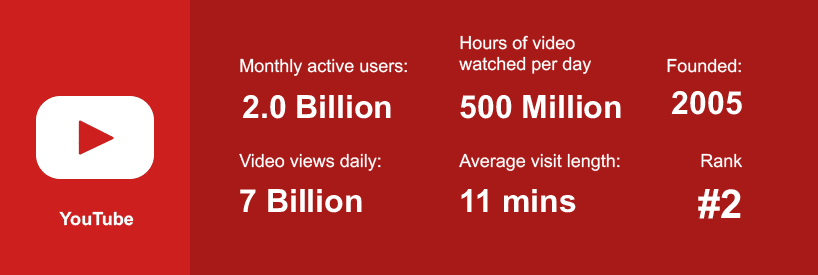
How to Start YouTube Marketing for More Leads and Sales
You probably already have a few lead generation strategies up your sleeve. So if you want to leverage YouTube and use it to boost your current marketing efforts, follow these essential steps.
1. Create an audience-first content plan
On YouTube, your content is king. While it pays to put a product demo or two on your channel, you won’t generate more leads unless you provide deep value.
So in order to create the best possible content, get to know things that your audience might like, such as:
- Video style. Do they prefer talking head videos like vlogs, animated videos, interviews, screencasts, tutorials, etc.? Chances are they already view more than one video type, so you’ll have several top options.
- Length. Some people want to get as much information out of their videos as possible and don’t mind comprehensive 15-minute videos. Meanwhile, others might want quick info they can get in just a few minutes.
- Topics. When you’re using YouTube for marketing, it’s important to create content about your niche. Feel free to experiment on creating topics in adjacent niches or formats. For example, if you’re marketing your app for weight loss, you can create the occasional broad lifestyle video that briefly mentions weight loss – e.g. 10 Habits that Will Change Your Professional Life – instead of focusing on just weight loss topics.
If you’re already blogging, you can repurpose your content into videos. But if YouTube is your first content platform, refer to your buyer persona to determine what kind of videos to create for your audience.
2. Optimize your video titles and descriptions
YouTube SEO isn’t nearly as complex or deep as Google’s, mostly because your video title and description do most of the work for you. Because of this, have SEO-friendly video titles and sprinkle in your main keywords in your description organically.
Unfortunately, YouTube doesn’t consider things like backlinks to help boost your video rankings. Instead, it focuses on Audience Retention, meaning how long people stay on your video when they first click.
3. A/B test your video thumbnails
Thumbnails are the first thing people will look at when deciding which videos to click. To help you find the best formula for thumbnails, consider these best practices:
- For reviews, testimonials, etc., it’s best to include either photos or logos of the products you’re reviewing.
- Generally you’ll want to include a person – particularly the person in your videos – to be in your thumbnail.
- Inject short eye-catching text around your thumbnail.
- For list type videos, you can tease some of the items by including their photos.
- For tutorials and walkthroughs, showcase the finished product.
- Have a signature look for your video thumbnails. You might be able to get this only once you’ve determined which thumbnail styles get you the most views.
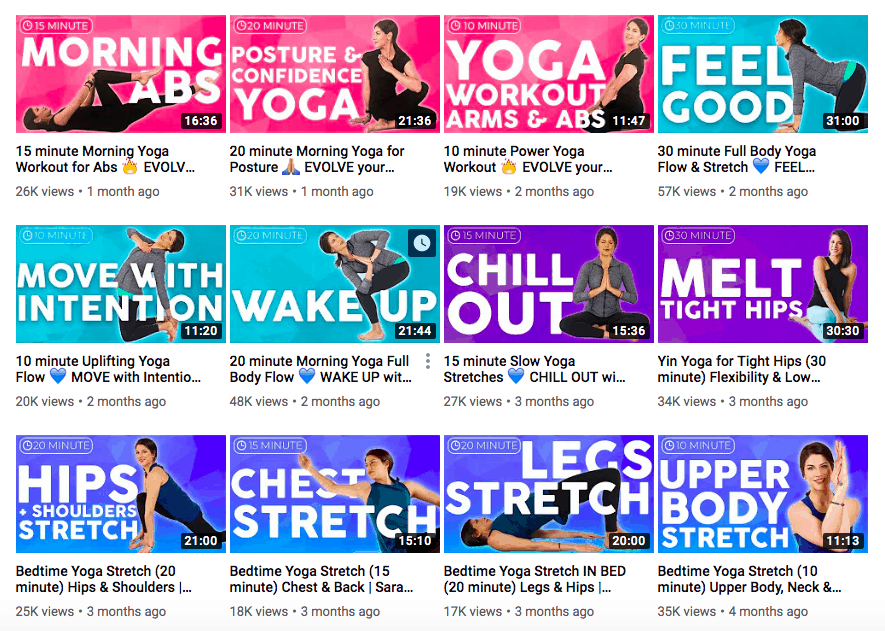
4. Add cards and end screens
If you want YouTube to recognize your channel and content as valuable and interesting to viewers, you’ll want them to keep watching your videos for as long as possible. This is where cards and end screens play a big role in leading your viewers to another related video on your channel.

5. Organize videos into playlists
You can easily show audiences that you have related content by putting videos into relevant playlists. These work great especially for a series of tutorials that might tackle a different step in detail.
This way, you keep people watching your content and allow them to discover any related videos that might not have popped up on their Related Videos sidebar.

6. Add subtitles and closed captions
We briefly mentioned before that YouTube SEO isn’t as complex. While you’re mostly limited to your title and description, another way to optimize for search is by including subtitles and closed captions.
These serve another purpose beyond search, of course: you can give better customer experiences on your videos by giving viewers the option to read subtitles while they watch.
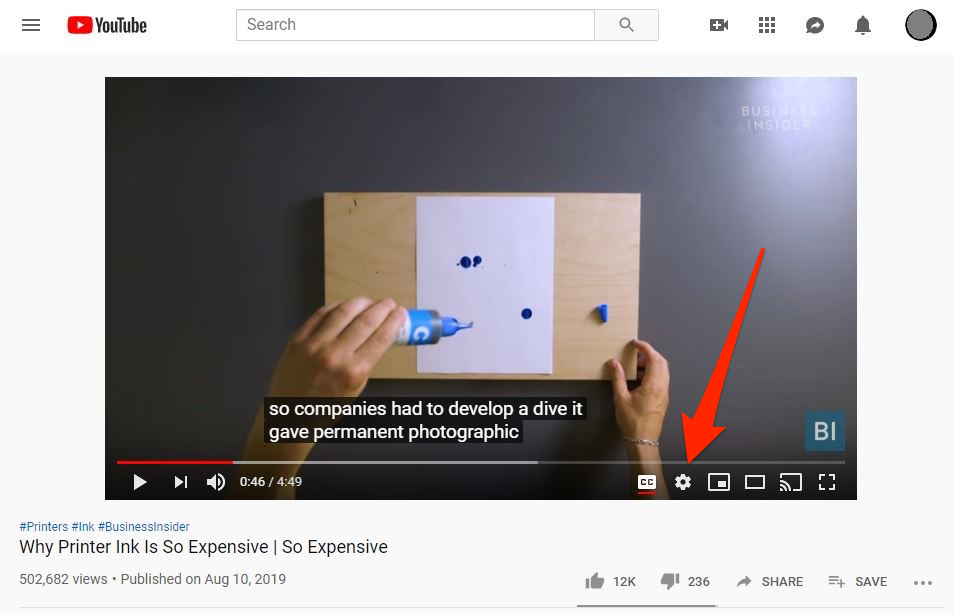
7. Partner with other YouTuber channels and influencers
There has never been a better time to connect with YouTube influencers. Recent data from Internet Advisor shows that YouTube traffic is up 60% from February 2020.
As of writing, this can be attributed to the coronavirus-related quarantines, which is forcing many people to search for content either to inform or entertain while they’re at home.
This makes doing video content a prime arm in your marketing strategy. And while you should be creating your own videos, it’s equally beneficial to reach out to more established YouTube creators who can help you reach your audience. (Remember our earlier example about Nick Schäferhoff and his 22.3% traffic boost from working with YouTube influencers?)
Consider sponsoring a video, sending free product or trials for a review, or even doing a close long-term partnership together.
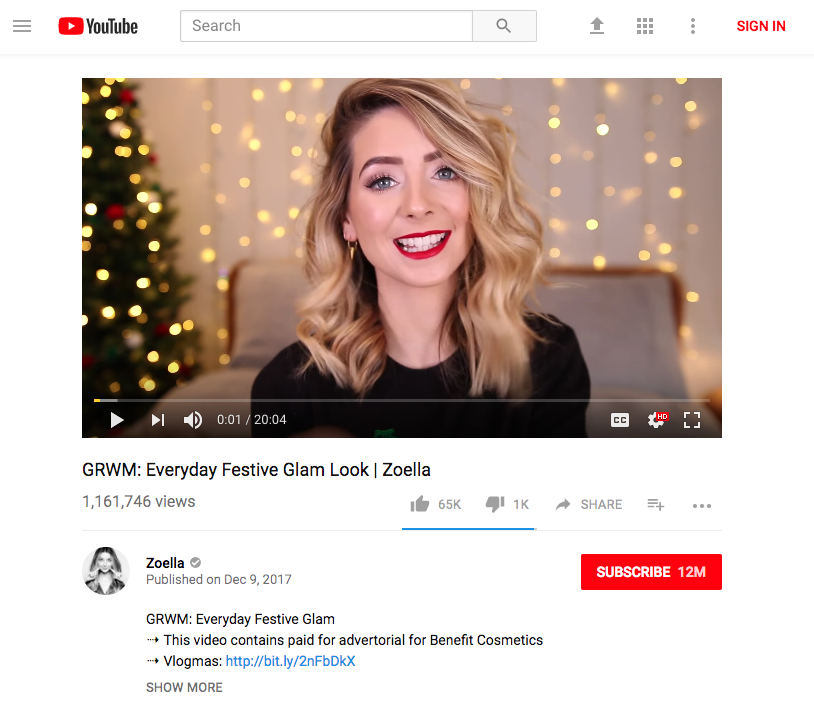
8. Cross-promote your videos on other platforms
When your videos are published, you’ll want to promote them on other platforms to get as many views as possible. Share the link to the video to your email list, embed videos on your blog posts, and reshare the video multiple times on social media.
We’re sure you’ll be publishing a lot of evergreen content on YouTube, so be sure to keep reposting links to these videos on your social media feeds and email newsletters even as time goes on.

9. Review analytics constantly
Last but not least, your YouTube analytics can tell you a lot about your video performance. Instead of paying attention to your total views per video, zoom in on metrics like Watch Time, Average View Duration, as well as Likes vs Dislikes.
Watch Time and Average View Duration can tell you whether or not people are watching until the end or if they start dropping off at a certain time.
Likes vs Dislikes can also tell you which videos people found helpful – but you may also want to pay attention to comments alongside this to see why people might have rated your video the way they did.
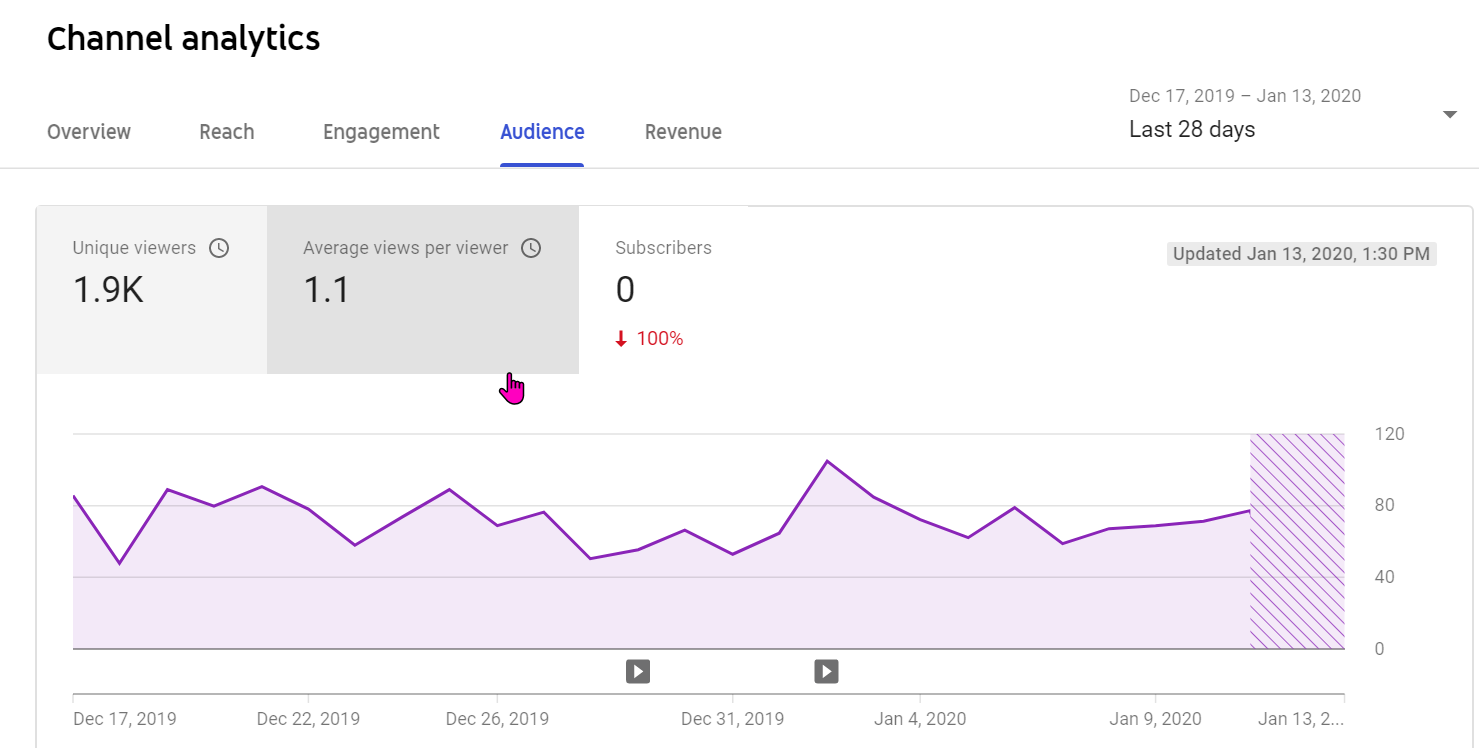
Get vlogging
Video is a fantastic way to engage with your audience like never before. And if you’re sure this year is the year you want to start leveraging YouTube marketing to create and promote more video content, then follow this guide above to help you get started. Soon, you’ll see raving fans and hot leads coming in – all thanks to YouTube.
About the Author

Kevin Payne is the Founder of Kevintpayne.com, an inbound marketing agency and HubSpot Partner that helps tech startup founders implement inbound marketing campaign sprints to increase their qualified leads.

